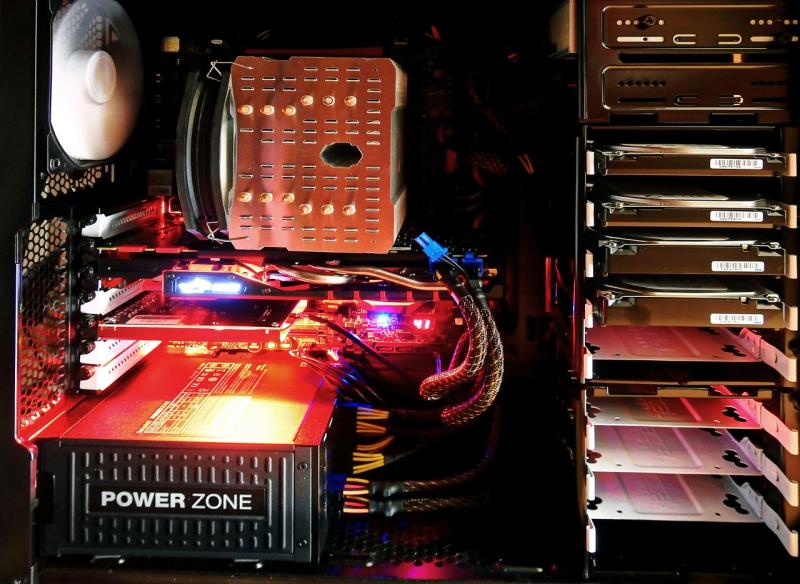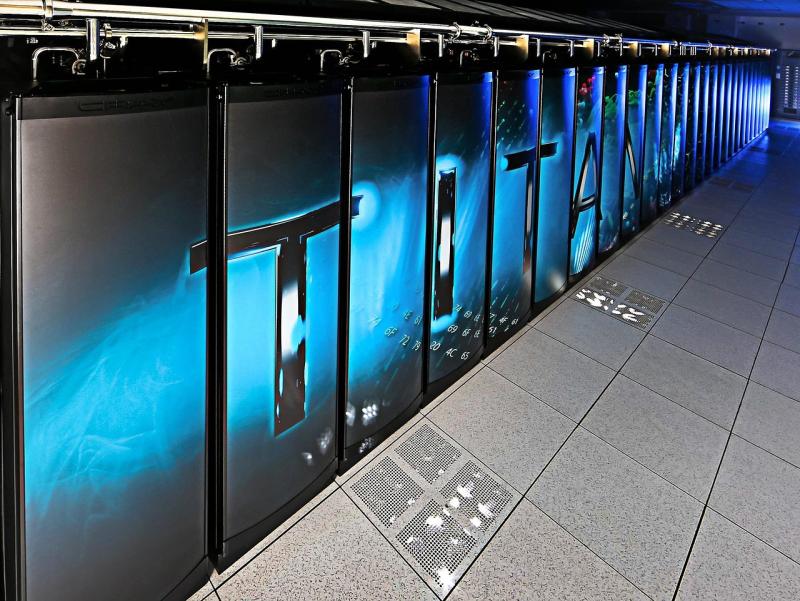Understanding seismic activity and mitigating its impact require robust tools for data analysis, modeling, and simulation. Workstations designed for seismology and earthquake research deliver the computational capabilities, visualization tools, and storage capacity needed to study Earth's dynamic processes. These systems empower geophysicists and seismologists to predict, analyze, and interpret seismic phenomena for a safer and more resilient world.
---
### **Processing Power for Seismic Simulations**
Simulating earthquake scenarios involves solving complex mathematical models to understand wave propagation, fault mechanics, and ground motion. These workstations are equipped with multi-core processors optimized for geophysical simulations, ensuring efficient computation of seismic wave equations and crustal deformation.
From analyzing tectonic plate interactions to modeling aftershock sequences, these CPUs enable accurate and timely seismic studies.
---
### **Advanced GPUs for Dynamic Visualizations**
Visualization is key in seismology, allowing researchers to interpret seismic wavefields, fault dynamics, and subsurface structures. These workstations feature high-performance GPUs capable of rendering real-time 3D models, seismic tomography, and ground motion animations. GPU acceleration enhances clarity and depth, helping researchers identify patterns and assess hazards effectively.
For earthquake hazard mapping or public safety simulations, these GPUs bring critical data to life.
---
### **Extensive Memory for Multilayered Data Integration**
Seismic research often involves integrating data from various sources, such as seismic stations, satellite imagery, and geological surveys. These workstations provide RAM configurations ranging from 128GB to 1TB, enabling seamless processing and multitasking when analyzing complex datasets and running simulations simultaneously.
---
### **Optimized Storage for Geological and Seismic Data**
Earthquake studies generate extensive datasets, from raw seismic readings to processed models and probabilistic hazard assessments. These workstations combine ultra-fast NVMe SSDs for active data manipulation with high-capacity HDDs or RAID setups for secure storage and historical data archiving. Efficient storage ensures organized management of years of seismic records.
---
### **Compatible with Seismological Tools**
These workstations are optimized to run specialized software used in earthquake research, such as SeisComP, SPECFEM3D, and ObsPy. With GPU-accelerated workflows and efficient processing, they support tasks like seismic event detection, ground motion simulation, and hazard modeling.
---
### **Applications Across Earthquake Research**
Workstations for seismology enable advancements across diverse areas of earthquake science:
- **Seismic Hazard Assessment:** Model potential earthquake impacts on infrastructure and urban areas.
- **Early Warning Systems:** Analyze seismic data in real-time to detect and predict earthquakes.
- **Tsunami Modeling:** Simulate wave generation and propagation from undersea earthquakes.
- **Plate Tectonics Research:** Study fault movements and interactions between tectonic plates.
- **Resilient Design:** Evaluate structural performance under seismic loads to improve building safety.
Their versatility makes these systems essential for addressing the challenges posed by seismic activity.
---
### **Reliability for Continuous Monitoring**
Seismic research often involves continuous monitoring and analysis of real-time data from global seismic networks. These workstations are built with industrial-grade components and advanced cooling systems to ensure consistent performance during prolonged operations, supporting uninterrupted earthquake studies.
---
### **Future-Proof for Evolving Geophysical Challenges**
As seismic datasets grow and geophysical methods advance, these workstations are designed with scalability in mind. Modular architectures enable users to upgrade processors, GPUs, and memory to handle more complex models and larger datasets.
---
**Predicting Earth's Movements**
Workstations for advanced seismology and earthquake research provide the tools to understand and mitigate the effects of seismic activity. By combining high-performance computing, advanced visualization capabilities, and robust storage solutions, these systems empower scientists to safeguard communities and infrastructure. From modeling fault lines to developing early warning systems, these workstations support the pursuit of seismic safety and resilience.
View our related products
See more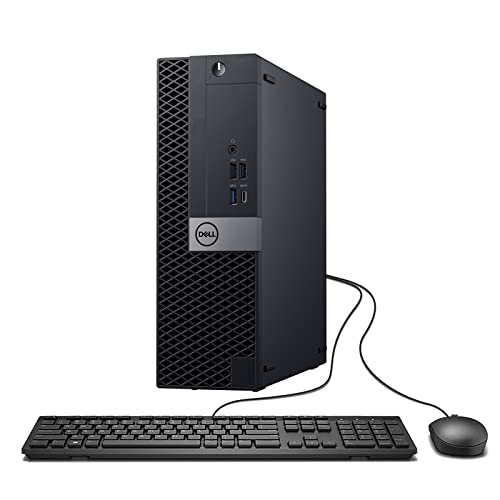
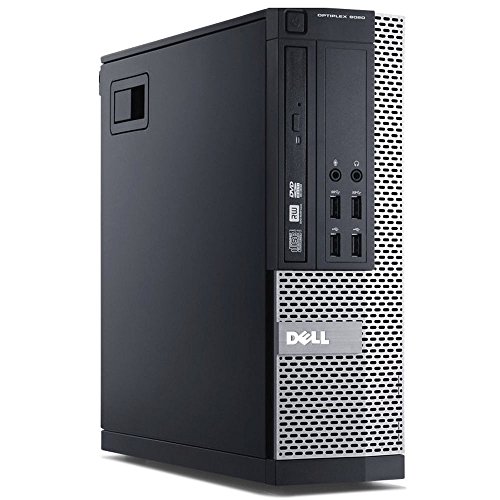
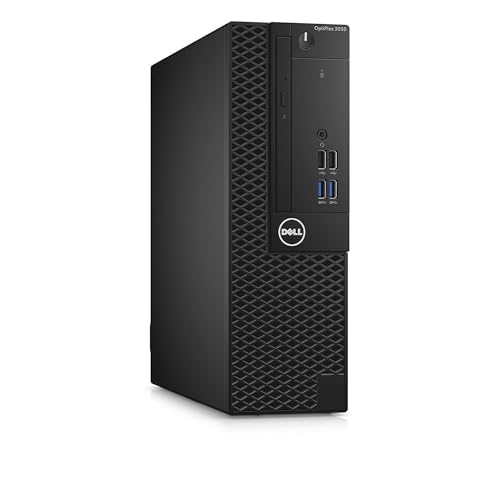
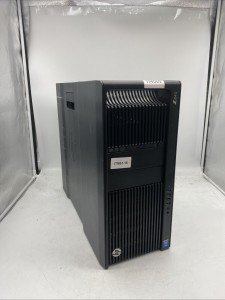
Workstations for Advanced Seismology and Earthquake Research
Top Picks for Research and Data Analysis in Seismology
Related Articles
Essential High-Performance PC Components You Need Now
Upgrade your setup with the must-have parts for unbeatable gaming and productivity
Top Picks for Best High-Performance PCs
Find the perfect power machine for gaming, work, or creative projects
Your Guide to the Best High-Performance PCs
Find the Right PC for Your Gaming and Creative Needs
View our related products
See more



